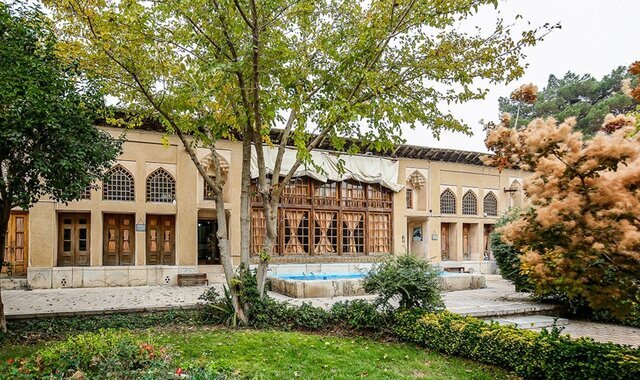INSUBCONTINENT EXCLUSIVE:
class of richly decorative shuttle-woven fabrics, often made in colored silks and with or without gold and silver threads
Brocade is typically woven on a drawloom
It is a supplementary weft technique; that is, the ornamental brocading is produced by a supplementary, non-structural, weft in addition to
the standard weft that holds the warp threads together
The purpose of this is to give the appearance that the weave was embroidered on.Ornamental features in brocade are emphasized and wrought as
additions to the main fabric, sometimes stiffening it, though more frequently producing on its face the effect of low relief
In some, but not all, brocades, these additions present a distinctive appearance on the back of the material where the supplementary weft or
floating threads of the brocaded or broached parts hang in loose groups or are clipped away
When the weft is floating on the back, this is known as a continuous brocade; the supplementary weft runs from selvage to selvage
Also, a discontinuous brocade is where the supplementary yarn is only woven in the patterned areas.Soaked in a rich history and culture,
Isfahan was once a crossroads of international trade and diplomacy in Iran
The ancient city is filled with many architectural wonders such as unmatched Islamic buildings, bazaars, museums, Persian gardens, and
In its heyday, it was also one of the largest cities in the region with a population of nearly one million.Isfahan is renowned not only for
original beauty and fertility
countryside.The huge Imam Square, best known as Naghsh-e Jahan Sq
Built in the early 17th century, the UNESCO-registered square is punctuated with the most interesting sights in Isfahan
Modern Isfahan is now home to some heavy industry, including steel factories and a nuclear facility on its outskirts, however, its inner

